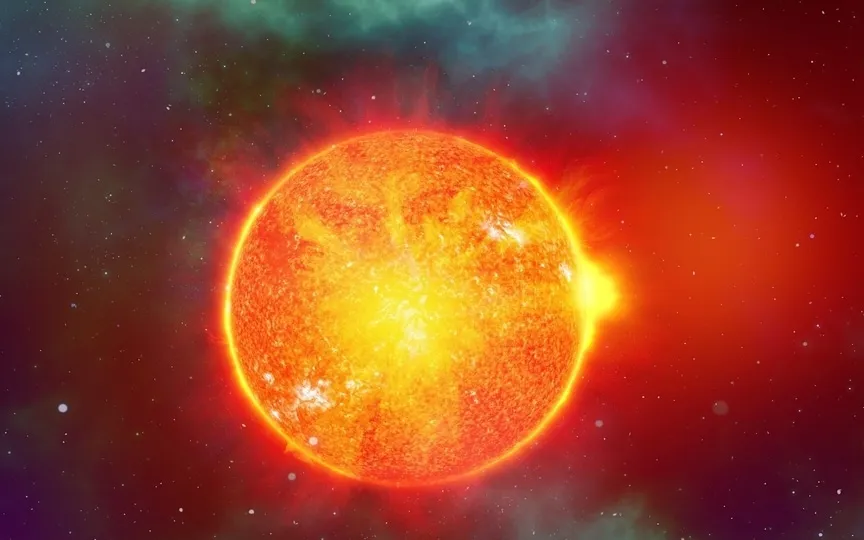NASA’s Mars Rover Captures Sun Rotating and Spots Potentially Hazardous Sunspot Aimed at Earth
NASA’s Perseverance Rover on Mars has recently recorded a captivating sight of a colossal sunspot, indicating an area of intensified solar activity on the opposite side of the Sun. This sunspot is currently turning towards Earth, significantly raising the chances of a powerful solar storm.
Early sun warning
According to a spaceweather.com blog post, Mars’ unique position on the opposite side of the sun allows Perseverance to notify approaching sunspots, sometimes more than a week before they become visible from our planet. This early warning has been issued: A significant sunspot has been spotted and a solar storm may be on its way.
Special snapshot of Mastcam-Z
The Perseverance Rover’s Mastcam-Z instrument was responsible for capturing this sunspot image. As explained on NASA’s official website, Mastcam-Z’s primary mission is to capture high-definition video, panoramic color images, and 3D images of both the Martian terrain and atmospheric phenomena.
Despite its primary mission of analyzing the surface of the Red Planet for possible historical signs of life, the rover took a brief break from its routine operations to observe the solar spectacle.
Perseverance regularly photographs the Sun to measure the amount of dust in the Martian atmosphere. However, this particular snapshot revealed a distinctive structure on the surface of the Sun that immediately caught the attention of scientists.
Sunspots are characterized by their cooler, darker appearance on the surface of the Sun, which coincides with regions of particularly strong magnetic activity. These dynamic regions often serve as the starting points for solar flares and coronal mass ejections—phenomena that transport high-energy charged particles, plasma, and ionized matter into space at significant velocities.
Solar activity alarm
As the sun enters the zenith of the 25th solar cycle, experts expect such solar activity to increase. This increased activity can have far-reaching consequences, affecting communications satellites, power grids, and navigation systems if coronal mass ejections reach Earth.
So far, Perseverance has fulfilled its mission of giving us Earthlings advance warning. The rover is now continuing its exploration of the vast floor of the 45-kilometer-wide Jezero crater, busily collecting rock samples and taking pictures of the geological formation with its aerial companion, the Ingenuity helicopter. Together, these efforts aim to deepen our understanding of Mars and its fascinating ancient history.




